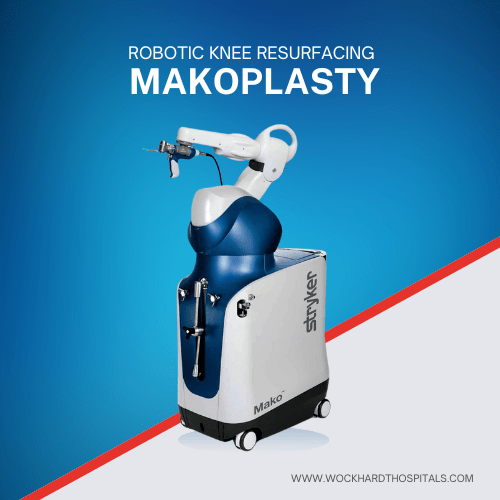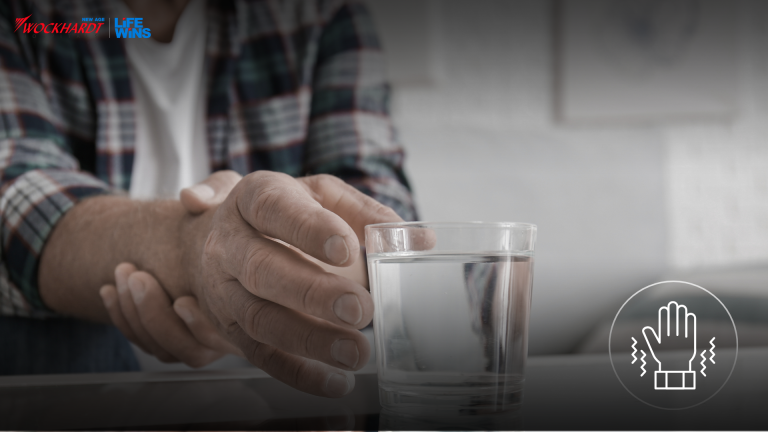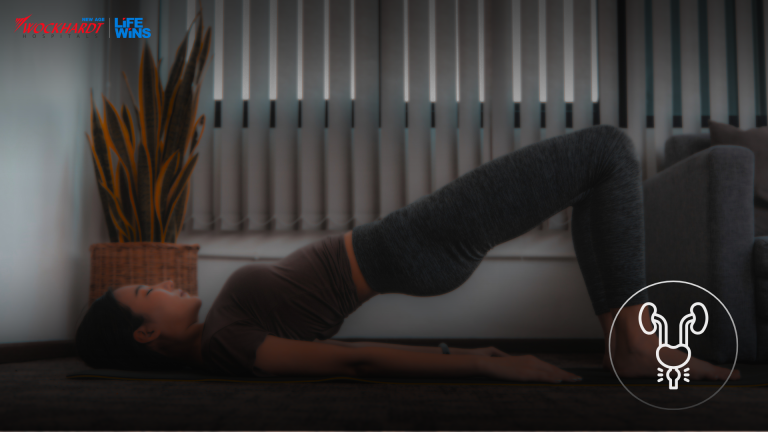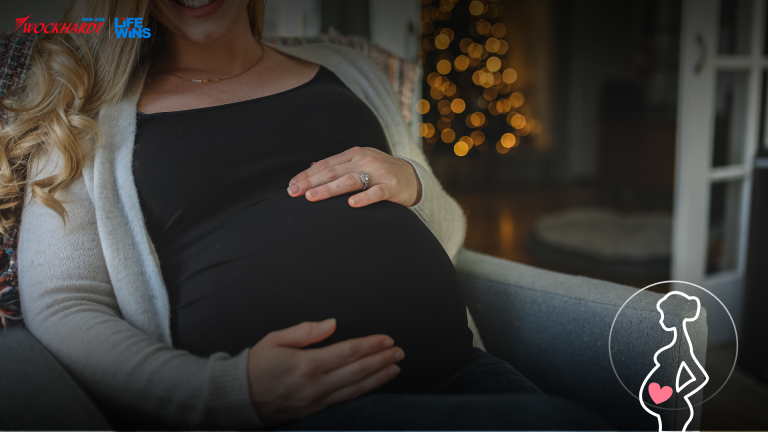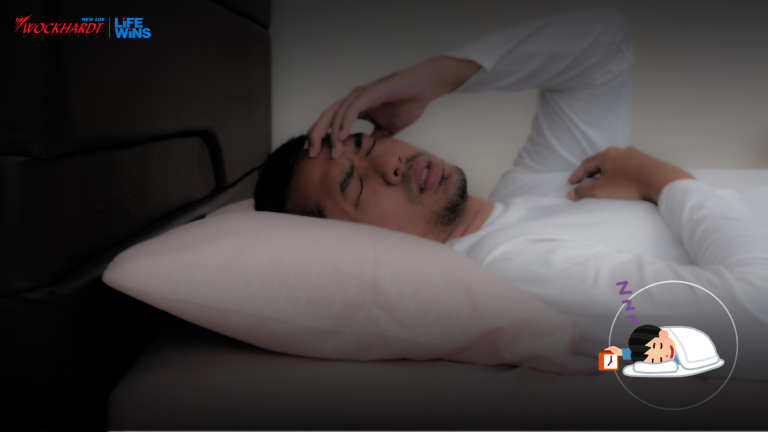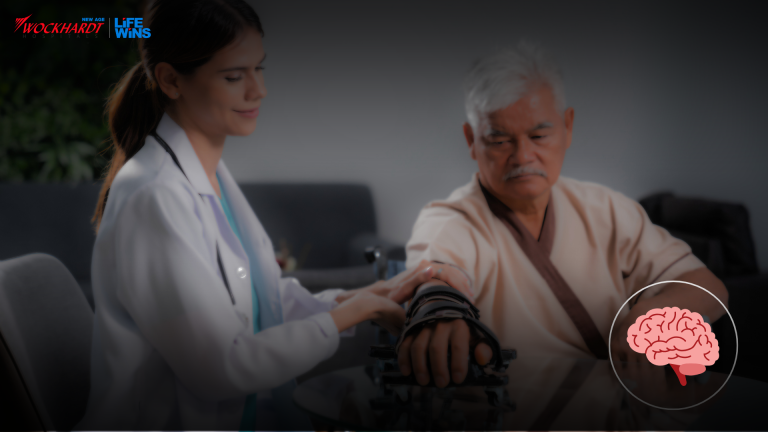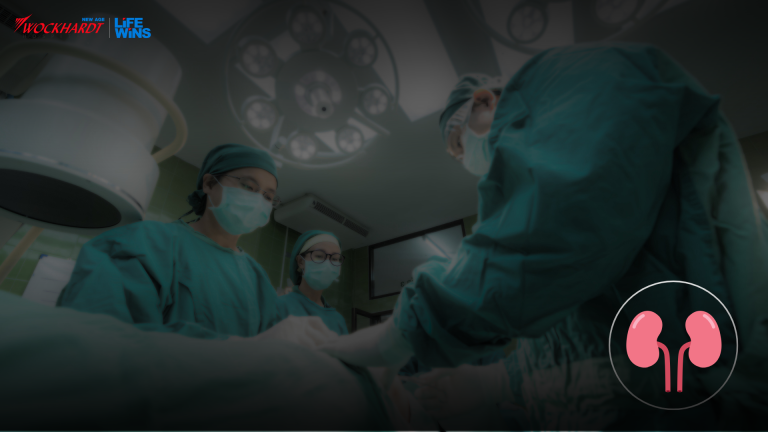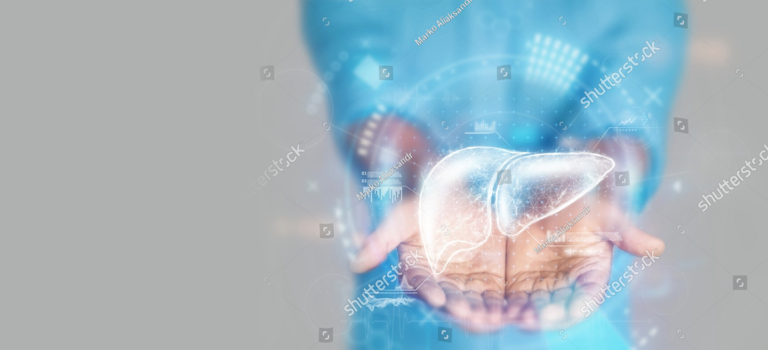Home » Medical Procedure » Cholecystectomy
Cholecystectomy
(Gallbladder Removal)
Surgery and Procedure
in India
What is
Cholecystectomy?
The gallbladder is a tiny, pouch-like organ in the upper right corner of your abdomen. Bile, a digestive substance produced by the liver and used to help in the digestion of fatty meals, is kept there. If you experience any difficulties with it, surgery to remove it is frequently advised because you don’t need a gallbladder.
It is a surgical operation to remove the gallbladder. This surgical approach is the most often performed method and has a minimal risk of complications. You may usually leave the hospital the next day following your Cholecystectomy.
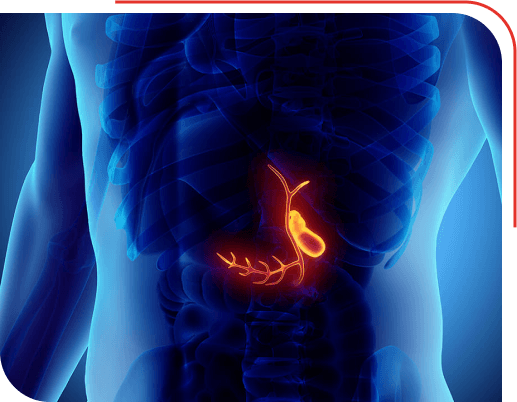
Renowned Cholecystectomy Surgeons
at Wockhardt Hospitals
- Mumbai Central
- Mira Road
- Nagpur
- Rajkot
What is the Reason for the
Removal of My Gallbladder?
- Abrupt and severe stomach pain
- Having a sick feeling
- Skin color and eye whites becoming yellow
Other symptoms might include chills, fever, nausea, and vomiting. Gallbladder problems often exhibit symptoms similar to those of other medical conditions. To be certain, always consult the experienced healthcare professionals at Wockhardt Hospitals.
What Should I Do to Prepare for a Cholecystectomy?
You should follow these instructions to get ready for a Cholecystectomy:
- Your doctor will walk you through the process. Ask whatever questions you may have regarding your surgery or health.
- Your doctor will inquire about your prior health. He or she could also do a physical check-up on you. Additional diagnostic testing, such as blood tests, can be required.
- The night before gallbladder removal surgery, avoid eating anything. You can take a sip of water with your meds, but refrain from eating or drinking anything for at least four hours before surgery.
- Tell the concerned doctor if you think you might be pregnant or if you are already pregnant
- Inform the concerned doctor if you have any allergies or sensitivity to any medications, latex, tape, or anesthesia medications.
- You must tell your doctor about the medications you use.
How is Cholecystectomy Performed?
Before Procedure
You won’t be conscious during the Cholecystectomy surgery since general anesthesia is used. Your arm’s vein will be administered with anesthesia medications. Your medical team will place a tube down your neck to assist with breathing once the medication starts to work. Next, either a laparoscopic or open surgery is used by your surgeon to execute the Cholecystectomy based on your personal preference and the doctor’s recommendation.
During Procedure
Depending on your situation, your surgeon may suggest one of the two methods of Gallbladder Removal Surgery in India:
- Minimally Invasive (laparoscopic) Cholecystectomy
The surgeon makes four tiny incisions in your belly during a Laparoscopic Cholecystectomy procedure. Your abdomen will be filled with CO2 or Carbon Dioxide gas, which will cause it to enlarge. The gallbladder and other surrounding organs will be visible with ease. A tube with a small video camera will be implanted into your abdomen of 10 mm through one of the incisions of 1 cm. The additional abdominal incisions of 5 mm will be used to implant surgical instruments as your surgeon removes your gallbladder while keeping an eye on a video monitor in the operating room. The instruments and laparoscope are taken out when the procedure is complete. Through the cuts, carbon dioxide gas is released. After your wounds have been stitched, you are then sent to a recovery area.
- Traditional (Open) Cholecystectomy
The doctor creates a 6-inch (15-centimeter) incision in your abdomen on the right side, under your ribs, during an open Cholecystectomy. Your liver and gallbladder are made visible when the muscle and tissue are pushed back. The gallbladder is then removed by the surgeon. In rare circumstances, the incision may receive one or more drains. Fluid or pus drainage is made possible by this. You are then brought to a recovery area.
Laparoscopic Cholecystectomy is most frequently used because it allows patients to leave hospitals sooner, recover more quickly, and have fewer scars than open procedures.
For testing, the gallbladder will be delivered to a lab. Surgical staples or stitches will be used to seal the wounds. The wounds will be covered with a sterile bandage, dressing, or adhesive strips.
After Procedure
As the anesthesia wears off, you will be transferred to a recovery area. Then you’ll be transferred to a hospital room to finish your treatment. Depending on the situation at hand, you could be given liquids to consume for a few hours following gallbladder removal surgery. With time, you will gradually be allowed to take more solid meals.
Recovery time varies based on the procedure:
- Laparoscopic Cholecystectomy: Though occasionally, a one-night hospital stay is required, patients are frequently able to leave the hospital on the same day the surgical procedure was carried out. In general, you may anticipate going home whenever you can eat and drink painlessly and stand without assistance. A week is needed to recover completely.
- Open Cholecystectomy: You can expect to recover in the hospital for two to five days. To completely heal once back at home, it can take four to six weeks.
A follow-up appointment with your provider will be planned. This often occurs two to three weeks following surgery.
Result of the Cholecystectomy Surgery
After the Cholecystectomy, the gallstones commonly recur despite conservative therapies, including dietary changes. The majority of patients who have Cholecystectomy won’t encounter digestive problems. The gallbladder is not necessary for normal digestion. It stores the bile only and bile is produced by liver. After your surgery, talk to your doctor about any changes in your bowel habits or developed new symptoms.
After Cholecystectomy, the time it takes for you to return to your usual activities may vary depending on the approach your surgeon uses and your overall health. After a laparoscopic Cholecystectomy, some patients may be able to resume their jobs within a few days. It may take around a week or more for someone who has had an open Cholecystectomy to feel well enough to go back to work.
Recovery after Cholecystectomy
Whether you underwent a laparoscopic or open technique for Cholecystectomy will determine how long it takes for you to recover. Most patients who have laparoscopic surgery are allowed to leave the hospital on the same day as the procedure. It often takes two weeks to go back to your routine lifestyle.
Your hospital stay following open surgery will typically last 3 to 5 days, and your recovery period will be longer. Returning to your regular activities might take 3 to 4 weeks. You must always arrange for someone to drive you from the hospital after the surgery. You can always follow the recovery advice from the top surgeons and doctors at Wockhardt Hospitals to recover quickly and efficiently.
Tips for Faster Recovery
- If you ensure your house is clean, your recovery will go much more smoothly.
- Eat a diet rich in fiber and protein. To ease bowel motions, drink 8 to 10 glasses of water daily.
- Put on garments that don’t press on your abdomen.
- Do not lift anything heavy.
- Moving around and getting up every few hours may hasten the healing process and lessen gas accumulation in your abdomen.
- Schedule a follow-up appointment with your doctor one to two weeks following the surgery.
Risk of Cholecystectomy
The following risks, but highly unlikely, are associated with Cholecystectomy:
- Bleeding
- Infection
- Damage to the common bile duct, which connects the liver to the small intestine (duodenum)
- Scars and numbness at the location of the incision
The likelihood of problems is influenced by both your general health and the reason behind your Cholecystectomy. However, there are minimal to no risks in Cholecystectomy when done by the expert team of highly experienced surgeons at Wockhardt Hospitals. Our state-of-the-art infrastructure, most advanced surgery tools & equipment, and infusion of cutting-edge technology with medicine make us the best hospital for Gallbladder removal surgery in India.
FAQs
Q. What advantages can gallbladder removal procedures offer?
Q. What happens if Gallstones are not treated?
Q. How long does it take to recover after a Cholecystectomy?
You can often return home the same day as your laparoscopic Cholecystectomy if there are no problems. You might need to stay in the hospital for one or two days following an open Cholecystectomy.
















